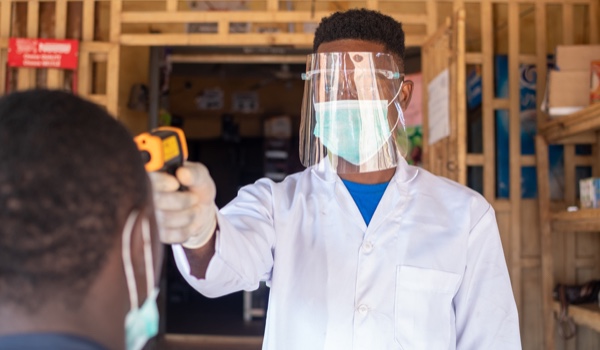


BELMONT, MASSACHUSETTS - The recently released Stanford University 2022 AI Index Report argues that “2021 was the year that artificial intelligence (AI) went from an emerging technology to a mature technology... that has real-world impact, both positive and negative.”
The fifth installment of the index measures the growing impact of AI in several ways: Private investment in AI more than doubled in 2021; the cost to train an image classification has decreased by 63.6 percent and training times have improved by 94.4 percent since 2018; the number of AI patents filed in 2021 was more than 30 times higher than in 2015; and, since 2015, 18 times more AI-related bills were passed into law in the legislatures of 25 countries around the world.
However, there is very little in the report about successful deployments of AI, and nothing regarding the progress of AI in healthcare, a field that has been considered a prime candidate for demonstrating AI’s real-world impact.
The first study to demonstrate AI’s potential in detecting disease from medical images was released in 2016. Describing the application of deep learning (DL) to screening for diabetic retinopathy, this study by Google researchers was selected by the editors of the Journal of the American Medical Association as being one of the top 10 most influential papers of the decade.
Also in 2016, Turing-award winner Geoffrey Hinton, widely considered to be the “godfather of deep learning,” suggested that the training of radiologists should be abolished, as it was “completely obvious” to him that “within five years, deep learning is going to do better.”
DL’s prowess in image classification has also given rise to great expectations for AI’s potential in medical specialties that rely heavily on the interpretation of images, such as radiology, pathology, gastroenterology, and ophthalmolog
The content herein is subject to copyright by The Yuan. All rights reserved. The content of the services is owned or licensed to The Yuan. Such content from The Yuan may be shared and reprinted but must clearly identify The Yuan as its original source. Content from a third-party copyright holder identified in the copyright notice contained in such third party’s content appearing in The Yuan must likewise be clearly labeled as such. Continue with Linkedin
Continue with Linkedin
 Continue with Google
Continue with Google







 2206 views
2206 views










